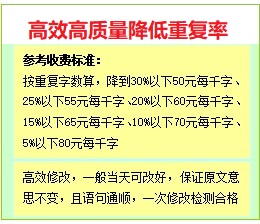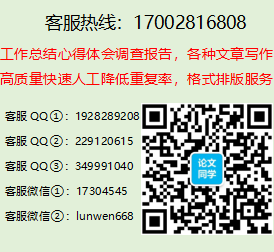一个关于论语的文化翻译研究(三)
1. Brief Introduction to The AnalectsLun Yu, the most influential and enduring Chinese classic, is also known as The Analects, the Analects of Confucius, or the Confucian Analects, which shows its splendor as early as 2,400 years ago between the Spring and Autumn and the Warring States periods. Covering a wide scope of subjects from politics, philosophy, literature, and art to education and moral cultivation, The Analects is the earliest and most reliable source on the life and teachings of the sage, The Analects, is regarded by the Chinese as the basic scripture of Confucianism. Compiled by his disciples, The Analects recorded the saying and deeds of the great sage and his disciples.
2. About Communicative and Semantic Translation TheoryIn order to narrow the disparity between literal translation and free translation, Peter Newmark put forward two modes of translation, which were named as communicative translation and semantic translation. The former combines the advantages of adaptation, free translation, and idiomatic translation, while the latter contains the merits of word for word translation, literary translation, and faithful translation.
According to communicative translation theory, translation is a process of communication, which requires the translator do his best to transfer the source language culture into target language culture. When transplanting a passage on another cultural background, great effort should be made to get the target reader understand and share the same thinking world of the original author. Generally, a communicative translation is likely to be smoother, simpler, clearer, more direct, more conventional, conforming to a particular register of language, tending to undertranslate, i.e. to use more generic, hold-all terms in difficult passages.
However, for semantic translation, it attempts to render, as closely as the semantic and syntactic structures of the second language allow the exact contextual meaning of the original. A semantic translation tends to be more complex, more awkward, more detailed, more concentrated, and pursues the thought-processes rather than the intention of the transmitter. It tends to overtranslate, to be more specific than the original, to include more meanings in its search for one nuance of meaning.
3. Analysis of the Translation of Culture-loaded Terms in The Analects
Translation is not only a kind of linguistic activity but also a kind of cultural interaction, and thus cultural differences exert great influence on translation, Eugine Nida(2001:82)said, “the master of the two cultures is much more important than that of the languages.” Almost every part of life reflects the culture of a nation because every country has its own history in the development of social institution cultures, religion brief and customs. Thus every culture has its vocabulary and that is the culture-loaded vocabulary. The Analects of Confucius is not only a philosophical work, but also a literary work that reflects the social and historical facts of Confucius’ times and thus the audiences are rained upon with many specific things.
3.1 Translation of Proper Name
‘Proper names refer to persons, living creatures, places, institutions, objects or processes that are peculiar to a single cultural community. In most cases they have singular references.’ (Newmark) In this part the study on the cultural translation of names a
ppears in the analects of Confucius will be dealt with in two different ways: names of person and names of philosophical meaning.
3.1.1 Name of Confucius
Because The Analects is in the form of conversation, it is of great importance to clarify different people’s name to make out which sentence is said by which person. Throughout the whole passage, the ideas presented by Confucius consists most of the work. Therefore, the proper translation of the most frequent expression in The Analects, that is, ‘子曰’ takes the priority to other names. A glimpse at the various rending of ‘子曰’ will reveal how different translation methods influence the target text.
Eg1: 子曰:“学而时习之,不亦悦乎?”
Version1:Confucius said: “Isn’t it a pleasure for one to learn and then constantly review and practice what he has already learned?”
Version2: The Master said: “Is it not pleasant to learn with a constant perseverance and application?”
In ancient China, people called the males they respected as “子”, which usually followed the family name, such as “孔子”. Chinese people knows that“子”here is “孔子”, but its interpretations are still various: “Confucius” and “the Master”. To call “孔子” as “Confucius” accords with the Western tradition where people are called by their names without any title. The first version follows communicative translation theory, rendering “孔子” into Confucius obviously for the sake of Western readers. On the contrary, Chinese do not call “孔子” directly, but just use one word “子” in order to show respect to him. This is also a kind of Chinese culture. The second version followed semantic translation rule, rendering “子” into ‘the Master’ in order to express the relationship between “孔子” and his students to show Chinese culture to the target readers. Although this kind of semantic translation is unfamiliar to western readers, it could help them to have a better understanding of the content, style, and intention of the original author.
2 Names of Confucius’ disciples
一个关于论语的文化翻译研究(三)由毕业论文网(www.huoyuandh.com)会员上传。


